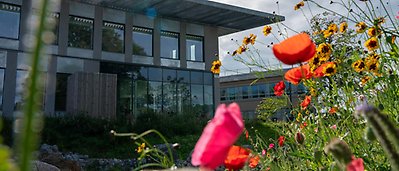The consequences of landscape change on fishing strategies
Summary
We show how land-use change can affect fisher-harvesting behavior. We test whether fisher harvesting behavior can be predicted by landscape change patterns at local (~ 200 km) and regional (~ 1200 km) levels. Our data suggest that fishers harvesting in areas near tree plantations reduced benthic-invertebrate harvests in favor of demersal and pelagic finfish that are usually located further offshore. Fishers' management areas, which were near tree plantations, had higher chlorophyll-a values, and contained shellfish with more endobionts. Technology (owning a boat) and experience (age, years fishing, and alternative livelihoods) explained little in fisher-harvesting behavior. The flagship Chilean fisheries management program and seafood companies sourcing from these areas will need to respond to these new challenges. Despite complexities in designing cross-scale, social-ecological studies, we can no longer ignore the interconnectedness of commodities in the biosphere.






